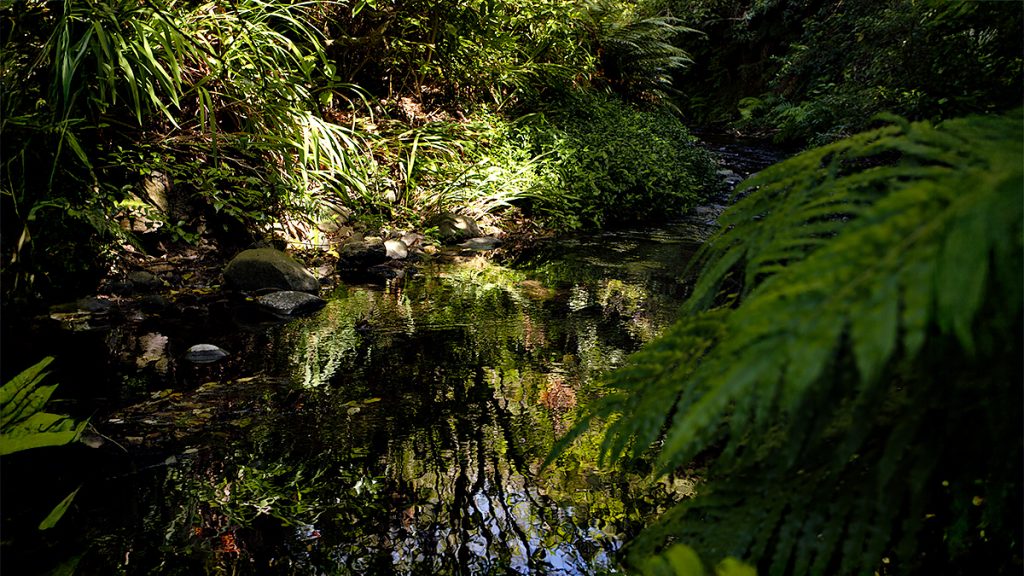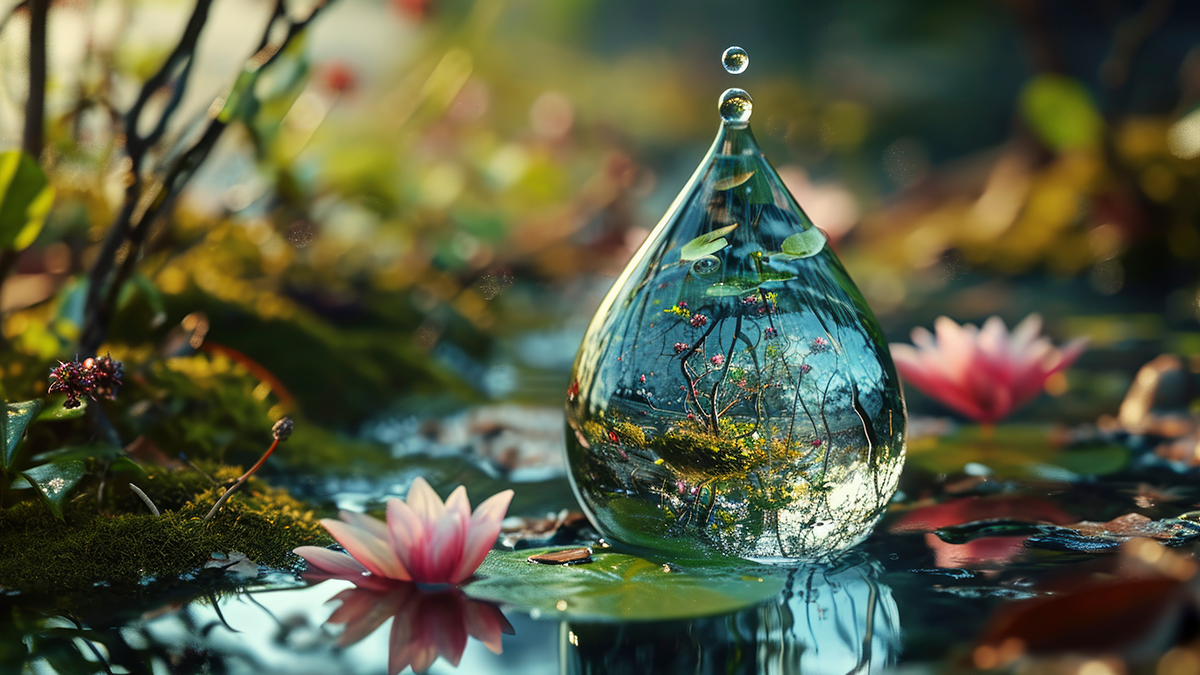In a world where climate anxiety is being experienced alongside a gradual ecological awakening, the Catholic Church has offered a powerful liturgical gesture of hope: the introduction of a new Mass for the Care of Creation.
Announced by Pope Leo XIV as part of the 2025 Jubilee Year celebrations, this liturgy speaks to a vision in which care for the environment is not merely an ethical obligation but a liturgical act.
Prayers in dialogue with ecological suffering
The new liturgy, recently added to the Roman Missal in Latin and now awaiting translation into English, places the Church’s prayer in direct dialogue with the ecological suffering of our time.
Its prayers interweave praise for God’s handiwork with lament for environmental degradation, echoing the psalmist’s awe and the prophet’s sorrow. The intercessions plead not just for the Church and the world but for clean air, safe water and the renewal of the earth.
“It’s not an add-on,” noted Archbishop Francesco Santoro of the Dicastery for Divine Worship, “but a recovery of the ancient intuition that creation is part of the liturgical cosmos.”

Urgency in the Australian context
In Australia, where the land bears the scars of drought, fire and the unsustainable removal of natural resources, such a recovery holds particular urgency.
The liturgy draws us into solidarity not only with suffering communities but with the earth and all its creatures who groan in one great act of praise and pain (Rom 8:22).
Materiality matters in worship
This is theological realism grounded in the incarnation: Christ took on flesh, and thus materiality matters. Since bread and wine become the Body and Blood of Christ, wheat and vine must not be exploited.
A new way of celebrating
This shift influences not only what is prayed but for, how the Church celebrates. The use of natural materials in worship spaces, such as water, flowers, foliage and stones, evoke a sense of connection to the earth and its elements.
Liturgical art and symbols that depict scenes of nature or highlight the beauty of creation reinforce the message of ecological responsibility. Some communities choose to celebrate outdoors under trees, reconnecting with the early Church’s sense of creation as the first cathedral. To damage the earth is therefore to desecrate a sanctuary.
Homilies that call to action
Moreover, the homily offers a valuable opportunity for clergy to connect ecological themes with the broader ethical context of Catholic social teaching.
By encouraging concrete actions, such as reducing waste, conserving energy and supporting sustainable practices, the homily can motivate the faithful to live out their ecological responsibilities.
A sacramental worldview
As the U.S. bishops have noted in their resource Renewing God’s Creation, worship must shape and express a “sacramental worldview” where creation is seen not as backdrop but as participant in the paschal mystery.
Pilgrims of hope
The Jubilee Year’s theme, Pilgrims of Hope, resonates profoundly here. Just as a pilgrim walks lightly, attentive to the earth, a liturgical ecology invites a lighter footprint and an awakened attention to the fragility and glory of creation.
The Mass, then, becomes not only a foretaste of heaven but an altar from which we are sent to “renew the face of the earth” (Psalm 104:30).

- Clare Schwantes holds a PhD from the University of Queensland and a Master of Theological Studies with a focus on Liturgy, in addition to Bachelor’s degrees in Education and Psychology. She also has diplomas in Editing and Publishing and is a graduate of the Australian Institute of Company Directors. She is the Director of the Archdiocesan Liturgy Office in Brisbane, Australia and Chair of the National Liturgical Council in Australia.
- Clare is the author of From Page to Proclamation – Interpreting Scripture in the Context of Liturgy (2024).
- Flashes of Insight is an international publication. The editorial policy is that spelling reflects the country of origin.

